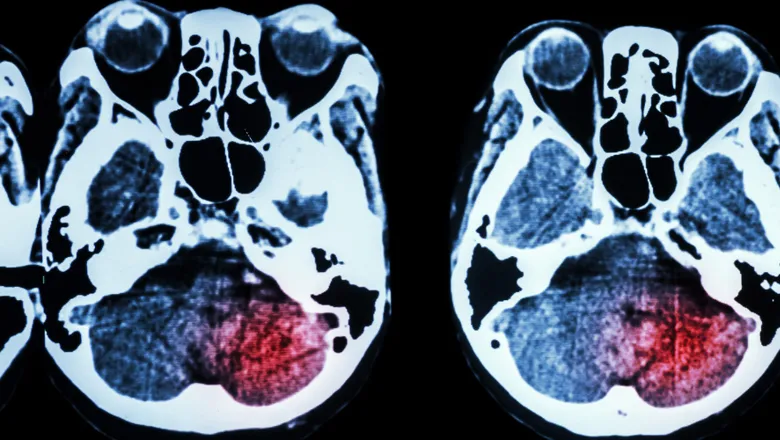Deaths from brain bleeds caused by strokes is predicted to increase by 40% in the UK, and by 8.9% in Europe by 2050

The study published in The Lancet Regional Health - Europe by researchers from King's College London has predicted that the number of cases and deaths from intracerebral haemorrhage (ICH) is set to increase across Europe and the UK by the mid-century, marking a significant departure from the downtrend observed in the past three decades.
Stroke has consistently ranked among the top three major causes of death and disability worldwide. ICH, which is a particularly lethal form of stroke marked by a ruptured blood vessel within the skull leading to bleeding in the brain, constitutes a significant proportion of stroke-related deaths (44%) despite contributing 28% of all stroke cases.
Researchers from King's College London estimate a 59.4% increase in deaths in ages 70 to 95+ in the UK by 2050. However, the percentage of cases under 50 decreased by 40% in the UK, and by 65% in Europe.
With an ageing population across the UK and Europe and the anticipated increase in the proportion of older adults, the findings emphasise the importance of planning for rising healthcare demands and caregiving needs to tackle the anticipated surge in intracerebral haemorrhage cases and related deaths.
Professor Yanzhong Wang, Professor of Statistics in Population Health
The top five countries with the biggest increase in deaths are:
- Ireland 74.4%
- Cyprus 74.2%
- Luxembourg 70.7%
- Netherlands 45%
- Finland 40.7%
While predications saw a decline in individual risk, results showed that the absolute number of new cases and related deaths is expected to rise on a population level. Authors believe this is because the notable increase in the proportion of older adults who are particularly affected by the condition and contribute significantly to the growing burden.
The study highlights the need for country-specific action plans due to the variations across European nations. The authors call for ongoing research to monitor epidemiological trends, risk factor prevalence, and disease mechanisms, enabling refined projections and targeted interventions against ICH.
We developed a sophisticated modelling framework to anticipate the future health burden of intracerebral haemorrhage. By considering multiple scenarios, the study offered a range of potential trajectories between 2019 and 2050. Key factors that contribute to the rise of deaths are high blood pressure, high blood sugar and obesity.
Hatem A Wafa, Research Associate and Trial Statistician
Unlike previous studies, this research not only projected an increase in ICH cases but also offers unique insights into the potential trajectories and implications for healthcare systems.
By unveiling the potential challenges and opportunities the authors hope that this insight can guide policymakers and healthcare professionals in developing strategies to tackle the anticipated surge in ICH cases and related deaths and the evolving landscape of stroke in the coming decades.








